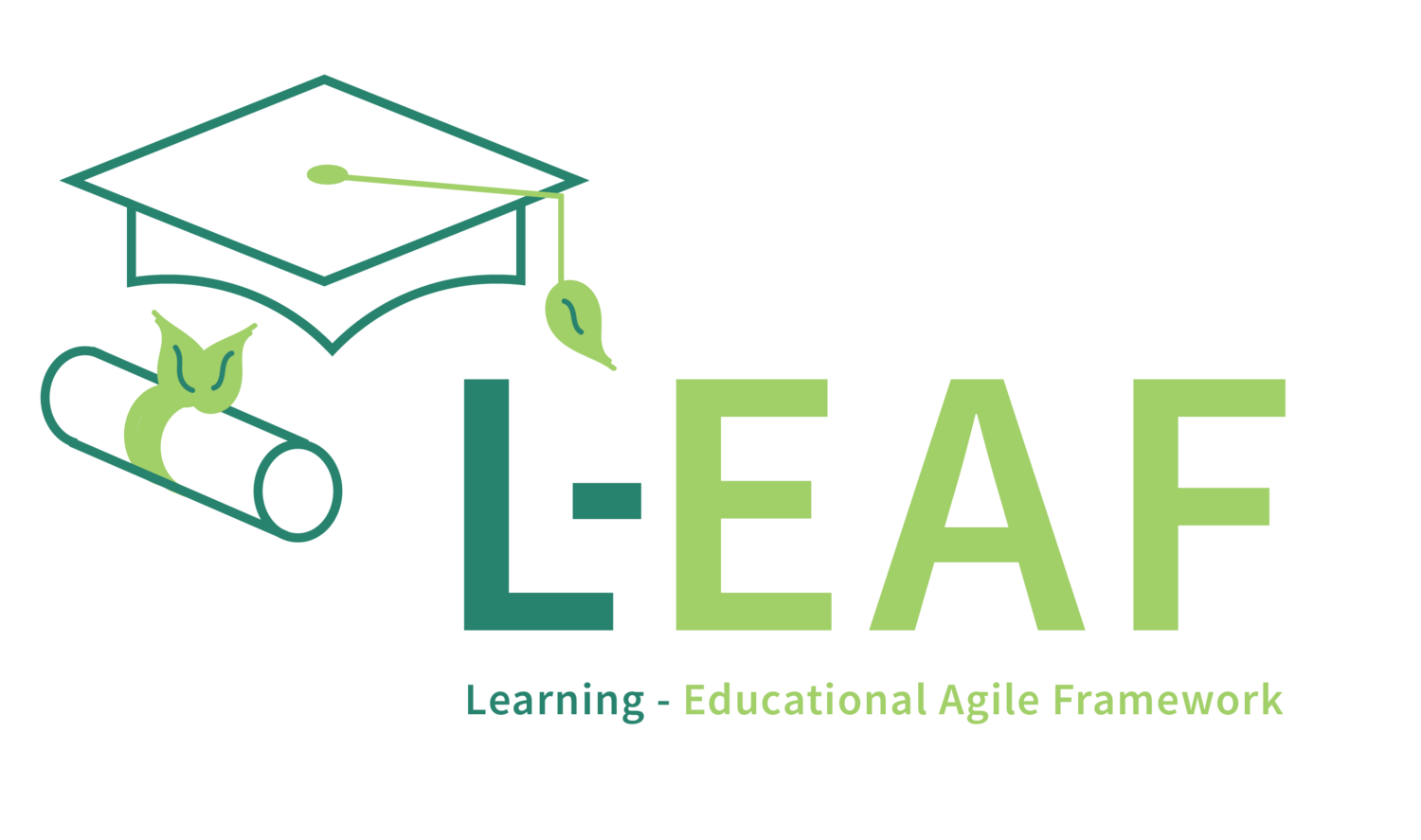Introducing Qigong, A New Mindset Practice for Lean-Agile Leaders
At L-EAF.org, we’ve always believed that bridging education and industry requires more than frameworks—it requires mindset. And as we coach emerging leaders across sectors, we continue to refine the language and lexicon that help teams thrive in complex systems.
Today, we’re excited to introduce a new concept into the Lean-Agile mindset vocabulary:
Qigong — the intentional redirection of team energy to reduce downstream turbulence.
From Andon to Qigong
If you’ve worked in Lean or Agile environments, you likely know about Andon—a powerful mechanism that empowers any team member to “pull the cord,” stop production, and signal a problem. It’s a moment of pause, a call to swarm, and an assertion of psychological safety.
But what about when the system isn’t broken—just... misaligned? What if the issue isn’t a defect, but an overabundance of energy that’s pointed in too many directions?
That’s where Qigong enters.
Borrowed from the Chinese tradition of cultivating internal energy (“qi”), we use Qigong in the leadership context to describe a practice of sensing, honoring, and gently redirecting team momentum back toward shared purpose. It’s not about stopping the system—it’s about aligning the flow.
“Andon is a brake. Qigong is a steering wheel.”
– Coach Jeff Burstein, L-EAF.org
When to Use Qigong
Imagine your team is buzzing with ideas. Passionate debates are emerging. Everyone is sprinting—but not quite in the same direction. There’s motivation, but no cohesion.
That’s the signal.
Instead of damping that energy, Qigong invites the leader to:
Appreciate the energy as a strength, not a threat.
Listen for the misalignments in vision or objective.
Redirect the flow with a light touch—like verbal judo.
Rather than commanding course correction, Qigong trusts the self-authoring capacity of the team. The leader's role is to nudge, mirror, and channel.
Qigong in Action: A Simple Framework
We’re still prototyping the full Qigong playbook, but here’s a starter exercise for leaders:
Scan the System
Look for signs of excess friction or unfocused enthusiasm. Ask: Is this noise or is this raw fuel?
Name the Drift
With humility and warmth, narrate what you’re noticing. Ex:
“I see a lot of movement. What’s exciting is how energized this team is. What I’m wondering is whether we’re still pointing at the same North Star.”
Re-align through Questions
Invite reflection:
“What’s our shared purpose in this phase?”
“Which idea best supports the strategic intent?”
“What would make us more aligned by the end of today?”
Celebrate and Refocus
Honor the contributions made so far and re-affirm the updated direction.
Why This Matters Now
In a world of distributed teams, ambiguous challenges, and constant pivots, energy is often abundant—but alignment is scarce.
Qigong offers a practice for leaders who don’t want to suppress creativity, but don’t want chaos either. It’s a way to work with team energy, not against it, by giving leaders a way to metabolize momentum in real time.
And most importantly, it reinforces the deeper truth at the heart of our work:
The future of leadership isn’t about control. It’s about cultivation.
Ready to Try It?
If you’re leading teams through innovation, transformation, or education, consider adding Qigong to your leadership toolkit.
Let’s build systems where motivation doesn’t burn out-it aligns and accelerates.Written by:
Simon Holzapfel & Jeff Burstein
Co-Creators, L-EAF Lab
